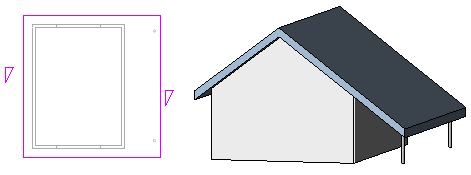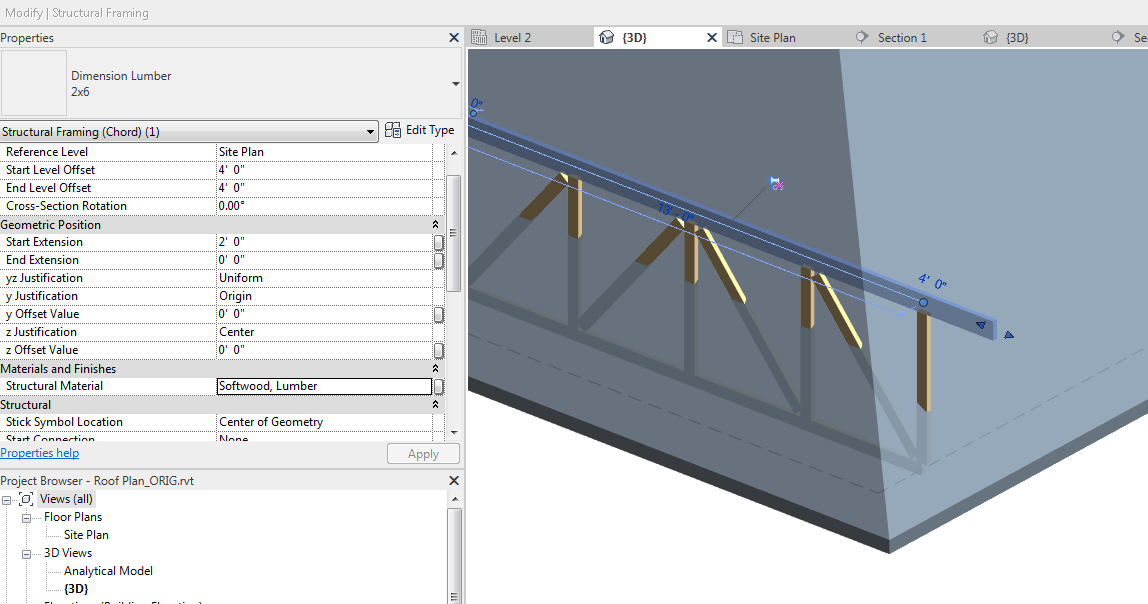When you create a roof in revit using the select walls tool in the options bar you will see an option with a checkbox see the left red colored arrow in the image below.
How to add overhang after roof revit.
Understand your roof options.
Extend into wall to core.
In the properties dialog box for the view you want to see the overhang lines in set the underlay drop down to be the level on which the roof was created.
Learn how to troubleshoot your roof overhang or offset issues to make better more precise roofs with autodesk revit.
If you choose not to move the roof to a different level revit notifies you later if the roof.
Check out the full thing.
In the drawing area highlight an entry wall.
If you want to change the position of the roof use the properties palette to edit the base level and offset properties to change the position.
Two options for the overhang.
Display a floor plan view or a reflected ceiling plan view.
Create a sloped roof with an overhang.
1 st floor no overhang.
This post explores the effect of different types of wall finish materials on the overhang of the roof.
This video will show you how to increase the overhang on a portion of the roof and fix the eave height.
Click architecture tab roof drop down roof by footprint.
If you try to add a roof on the lowest level a dialog prompts you to move it to a higher level.
Activate overhang on picked walls roof this is part of the revit pure basics package.
Creates a roof using the building footprint to define its boundaries.
On the draw panel click pick walls.
Edit the roof sketch double click the roof or select the roof and click modify roofs tabmode panel edit footprint or edit profile.
Open the 02 lower parapet floor plan.
In this video we will be adding a structural truss underneath a roof and then attach the truss to the roof.
3d view of roof begin by opening the plan view in which you want to see the roof line overhang as a hidden line.

























